Last Updated on June 18, 2025
Nestled high up on the hills of the Garhwal Himalayan region, Kedarnath Dham is the permanent abode of Lord Shiva. Seated by the bank of the holy river of Mandakini, this temple’s religious significance attracts tourists and devotees from all across the globe. However, Kedarnath is located in a very remote location, which makes the journey extremely gruelling for the pilgrims. Although the trek to Kedarnath is challenging, the life-changing spiritual experience at the end is worth the arduous journey! To help you with the most difficult part of the Kedarnath Yatra, we present you with a Kedarnath trekking guide.
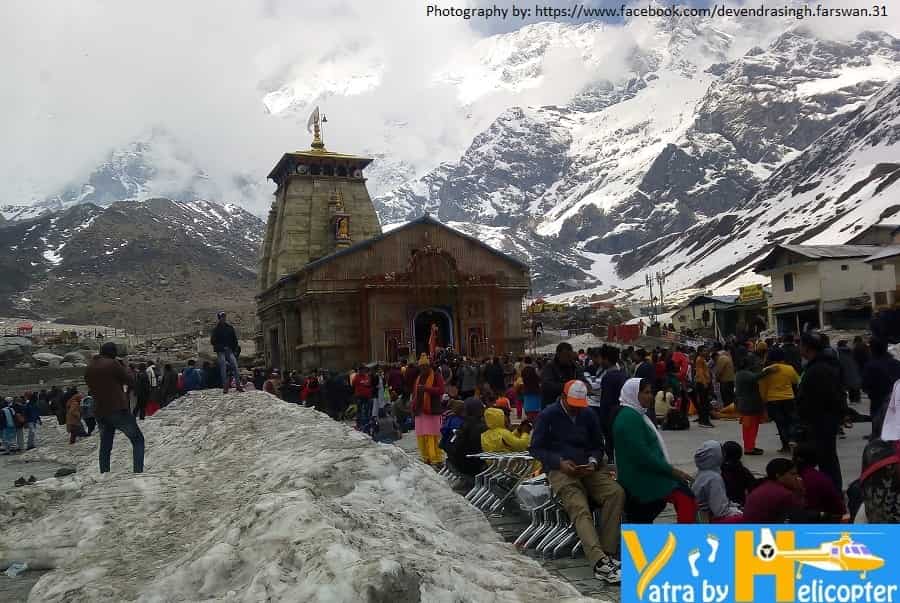
Overview of Kedarnath Trek
To give you a glimpse of what your journey entails, here’s a quick summary:
| Feature |
Details |
| Location |
Rudraprayag district, Uttarakhand |
| Altitude |
3,583 metres (11,755 ft) |
| Trek Start Point |
Gaurikund |
| Trek End Point |
Kedarnath Temple |
| Trek Distance |
About 16 km (one way) |
| Duration |
6 to 8 hours (average) |
| Difficulty |
Moderate to Difficult |
| Best Time to Visit |
May to June and September to mid-October |
| Attractions along the Way |
Mandakini River flows along the trail, watch Himalayan flora and fauna, panoramic views of the snow-covered peaks, stunning views of the Chorabari Glacier, and Kedarnath Temple’s divine sight as it glows at day and night |
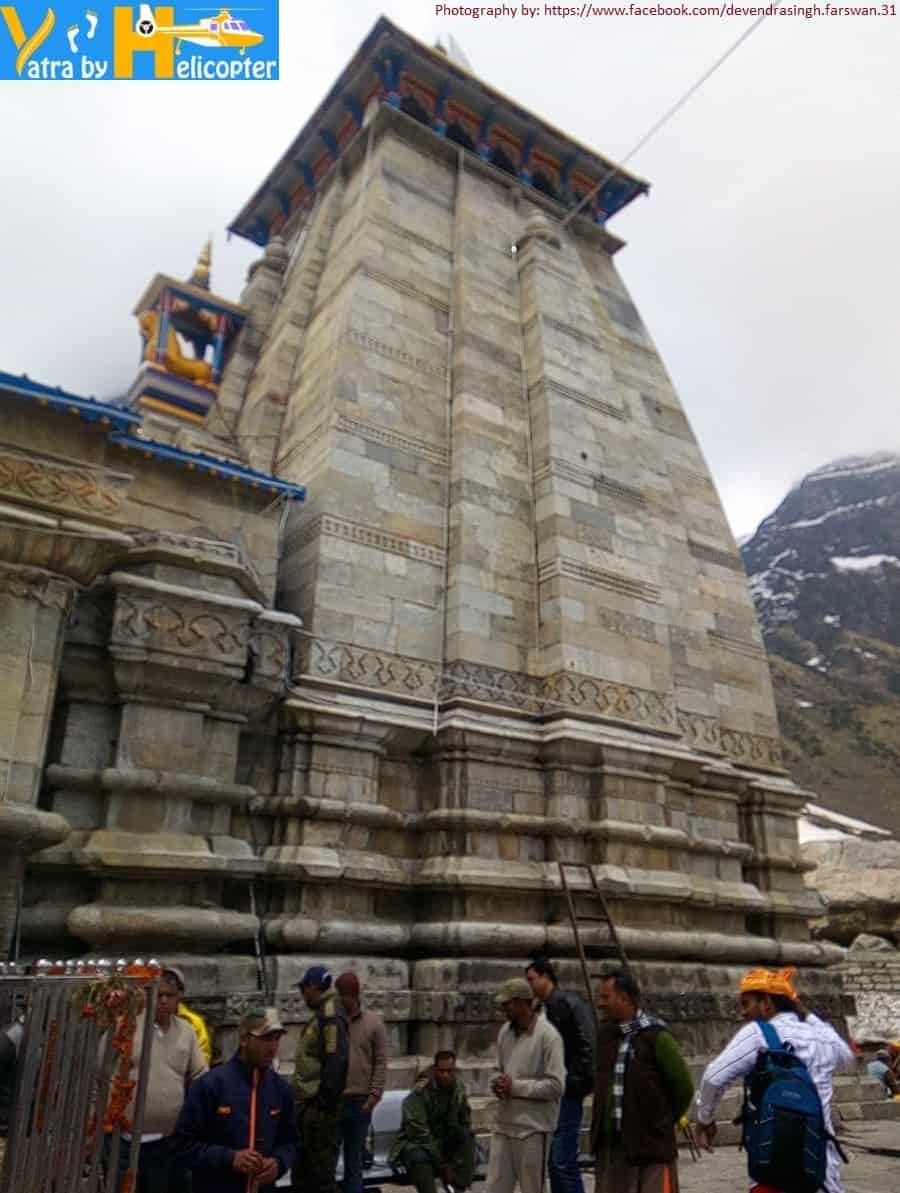
Best Time to Visit: A Weather Guide
Being located at a very lofty height, the Kedar valley experiences a typical high-altitude weather condition. If you’re wondering when to visit, then summer (May-June) and autumn (September-October) are your best bet. Here’s a season-wise weather guide:
Summer
This is the ideal time for you to go to Kedarnath via trekking. The weather is comfortable and very pleasant for walking. The temperature ranges between 10 to 20 degrees Celsius, making it the prime time for trekking up to Kedarnath.
Monsoon
This is definitely not the best time to go to Kedarnath. In fact, it’s a bad time to go anywhere on the hills. During the months of July to August, the entire region gets washed with heavy rain showers. There are also risks of landslides occurrences and, in worst-case scenarios, cloud bursts and flooding. Tourism significantly falls during this time.
Post-Monsoon
It’s another good time to visit the Dham. The skies are clear and the air is crisp. The weather is delightful and makes for an excellent time to do outdoor activities. The temperature, however, drops, and nights can be quite cold.
Winter
November to April marks the winter season in Kedarnath. The region gets completely covered in a thick blanket of snow, making trekking impossible. The gates of the temple are also closed, and the region becomes entirely inaccessible. There is no point or way you can go to Kedarnath during this time.
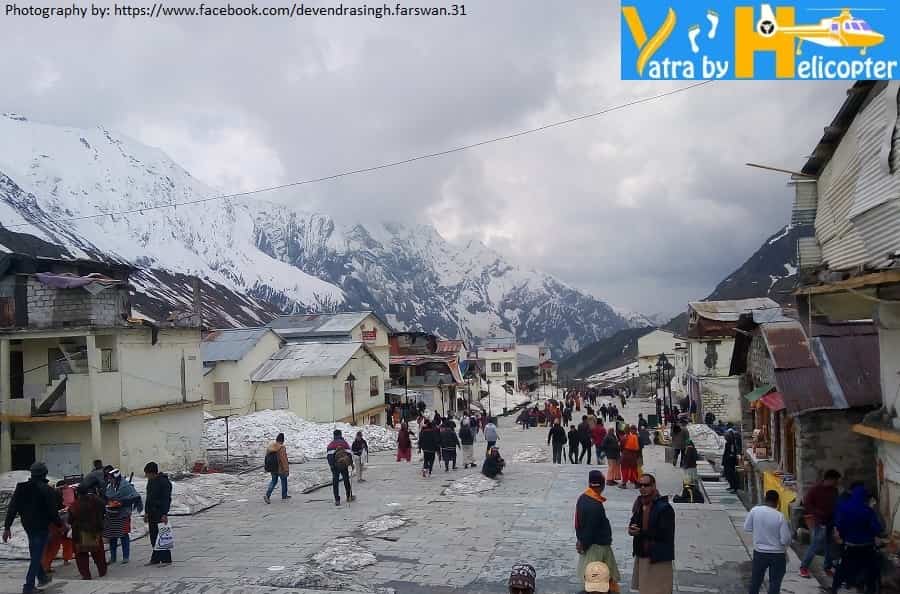
Route Guide for Kedarnath Trek
The entire trekking route is very well laid out and kind of steep in nature while going uphill. You will be following this route plan:
- Reach Gaurikund via a shared taxi service from Sonprayag (6 km)
- Start your trek from Gaurikund via Rambara Bridge to Jungle Chatti. Expect a gradual incline here. (4 km)
- Move on from Jungle Chatti to Bheembali. This is a relatively easy walk. (3 km)
- Keep walking from Bheembali towards Linchauli. Steep climb begins here. (4 km)
- Head on to Kedarnath base camp from Linchauli. You can get medical and rescue facilities here. (4 km)
- The final leg of the trek is from Kedarnath base camp to Kedarnath temple. This paved path leads you to the sacred shrine. (1 km)
Pro Tip: Remember not to tire yourself out. Take breaks in between the trekking journey to catch your breath when you find yourself gasping or breathing heavily. Do not go beyond your physical limits, otherwise you will end up hurting yourself.
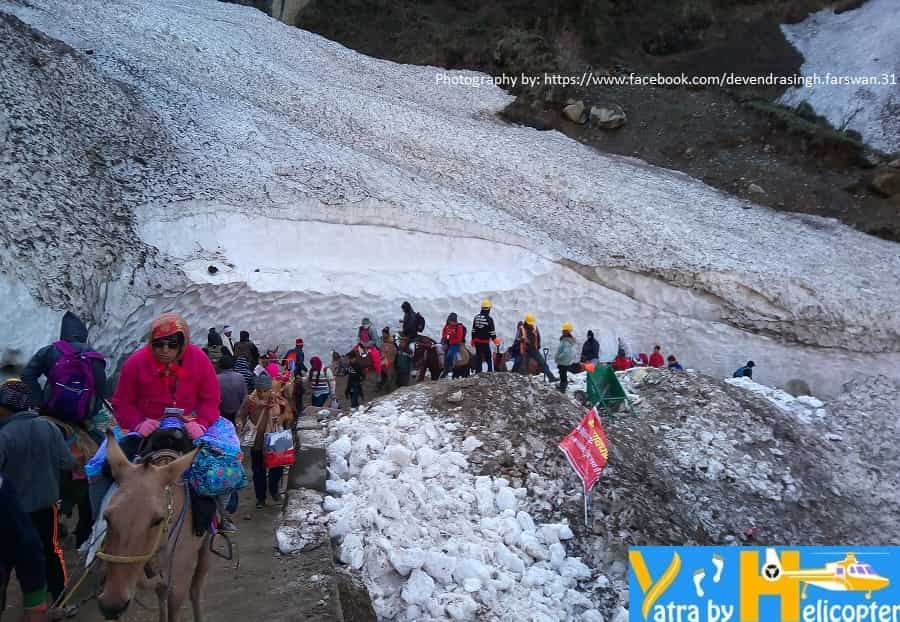
Accommodation Guide
If you happen to spend the night in Kedarnath, then here are some options from which you can choose:
- Sonprayag has some good staying options, and they are equipped with all the basic facilities.
- Gaurikund is another option for accommodation while undertaking the Kedarnath trek, however, the condition of the hotels is sub-par since they only open up during the Yatra seasons.
- You can get your accommodation in the government-operated GMVN hotels. This is one of the most recommended staying options available. The whole complex is very well maintained, neat, and clean. However, do not expect a 5-star hotel treatment.
- GMVN serves deliciously made food items, which are priced at just Rs. 60/-, so it is the best choice for people travelling on a tight or limited budget.
- Pre-fabricated tents and huts are available for pilgrims during the day and night. All these tented accommodation facilities are maintained by GMVN.
- More than 5000 pilgrims can stay at a time in these tents, which are highly beneficial to people who wish to stay for a night in close proximity to the temple. These tents are also located in close proximity to the Kedarnath helipad.
- The tents are also available at nominal rates and prices. They consist of good-quality bedding and warm blankets. You can also carry a thin good good-quality woollen blanket for extra warmth while sleeping.
How to Reach Gaurikund
You can reach the base point of trekking, that is, Gaurikund, via a variety of ways:
- By Air: You can get to the Jolly Grant Airport in Dehradun. From here, you can take a taxi to Sonprayag, which is the last point up to which private vehicles are allowed. Take a shared jeep to Gaurikund from here.
- By Train: Reach the railway station of either Haridwar or Rishikesh, as these are the nearest ones to the Kedarnath Dham. From here, you can either hop on a bus or hire a cab to reach Sonprayag.
- By Road: Reach Haridwar first, as this is the gateway to the Char Dham, including Kedarnath. Gaurikund is located about 250 km from here and takes about a good 10 hours to get there. From there, you get a variety of transport options heading towards the Kedarnath. Take a bus or a taxi to reach Sonprayag.
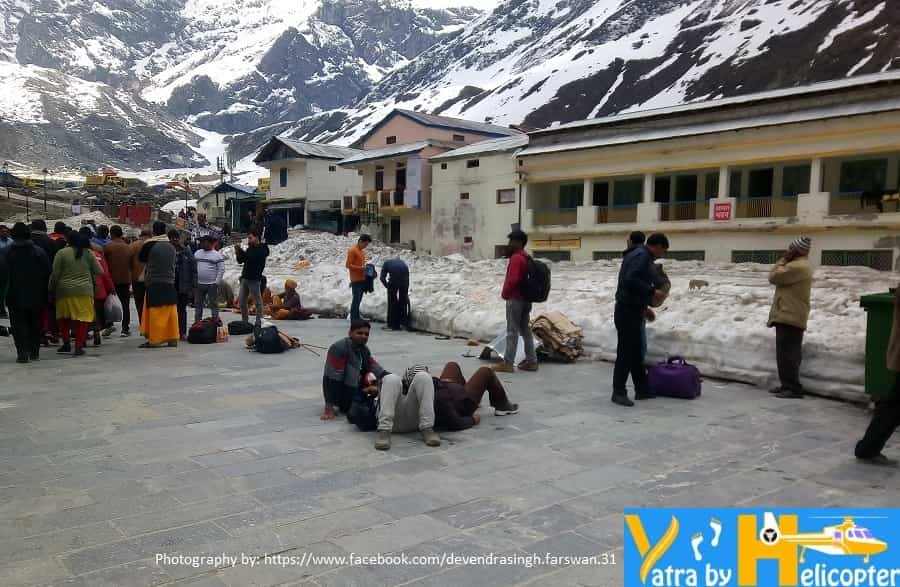
Packing Checklist
Pack light, however, don’t ignore the essential items, like:
- Clothes: Thermals, woollen sweater, waterproof jacket, windcheater, muffler, and woollen socks
- Rain Gear: Raincoat, umbrella, waterproof cover, and waterproof shoes
- Trekking Gear: Walking stick, trek pants, small backpack, trekking shoes, and torch/flashlight with batteries
- Medicines: First-aid box, pain relief spray, altitude-sickness preventing pills, aspirin, paracetamol, etc.
- Snacks: Glucose packs, ORS solution, energy bars, chocolate, etc.
- Sun Protection: Sunglasses and sun screen
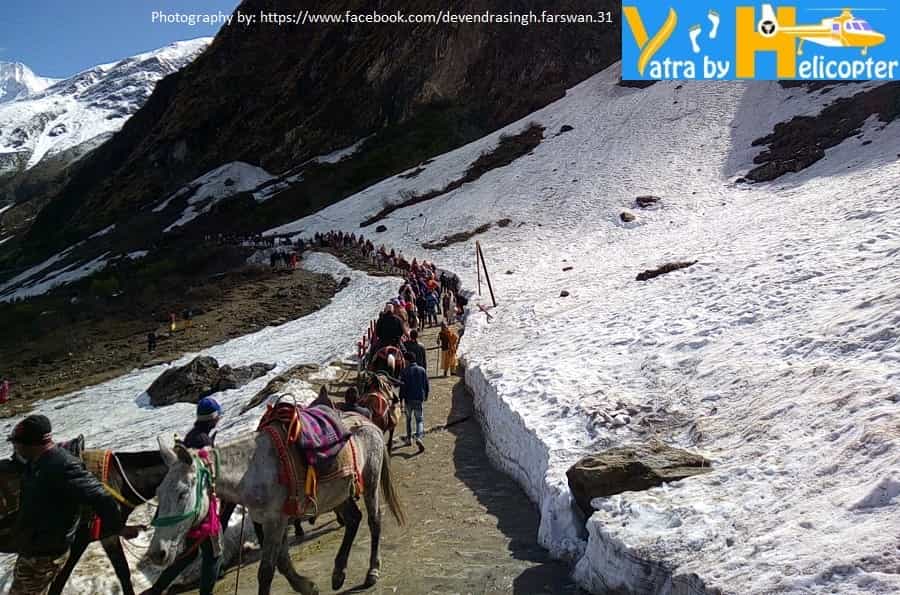
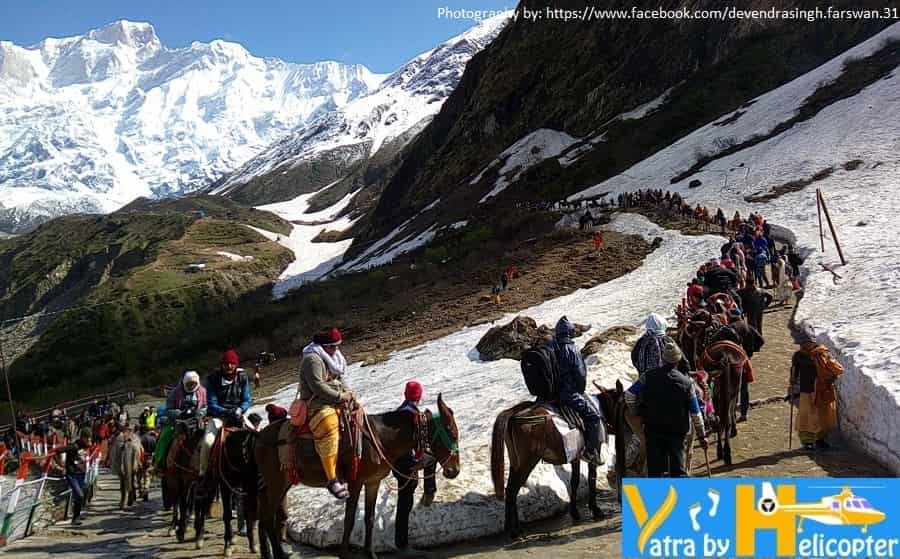
Facilities Available at Kedarnath Trek
Here’s what you can expect during your trekking path:
- At some places, there are some tented accommodations to provide shelter for people who are not able to complete the trek in 1 day.
- Small shops, makeshift Dhabas, tea stalls, and eateries are available, which also offer basic food like Maggi and Chowmein along with mineral water bottles and other soft drinks. They serve as a breath of fresh air. You can sit at these places for a while to catch your breath.
- For people needing emergency medical treatment, there are some counters with basic medical facilities available.
- For senior citizens, a railing has been provided on some stretches of the path for extra support and balance.
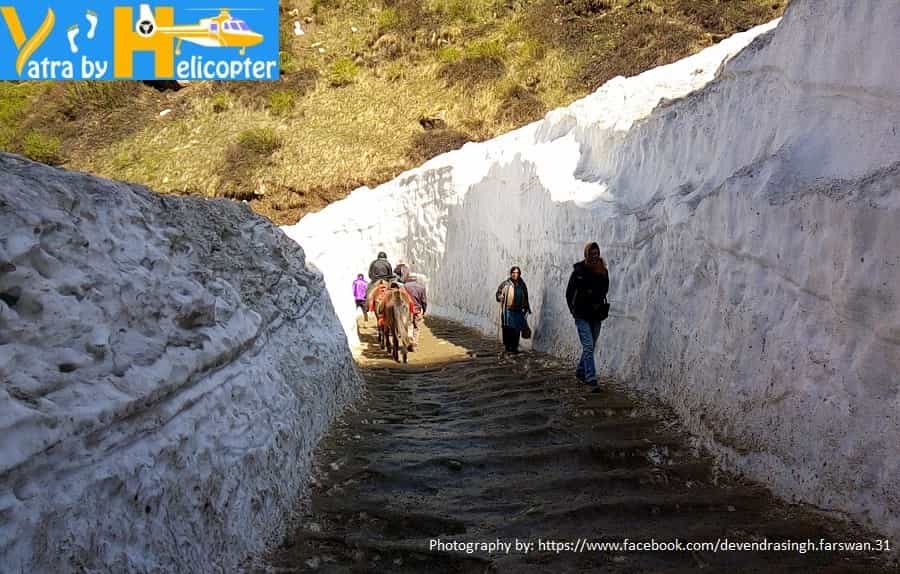
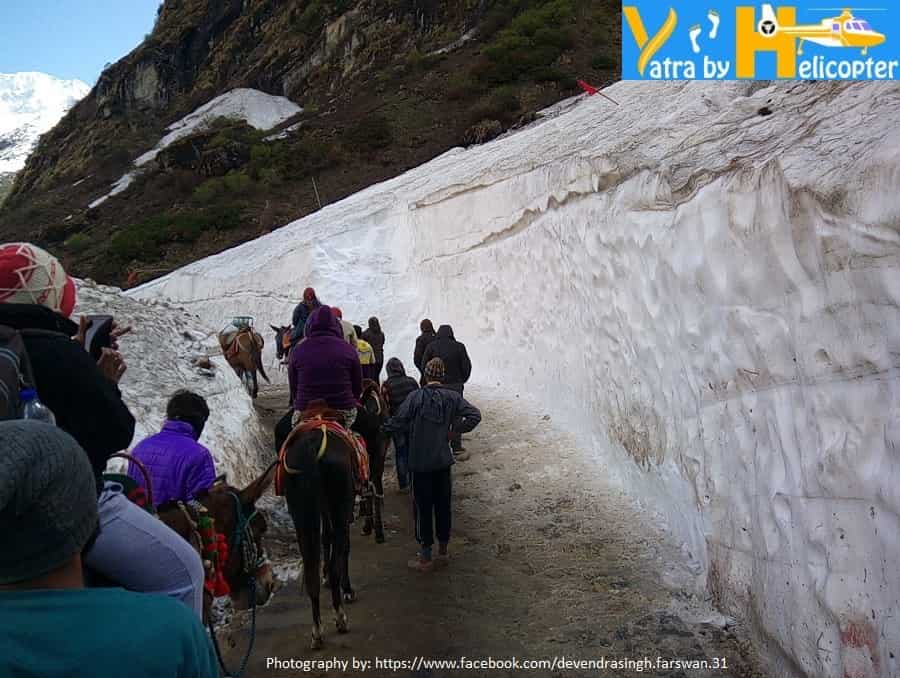
Remember These Things before Going for Kedarnath Trek
These are some important points that you must know as the Yatra can be quite challenging:
- Get a complete medical test and check-up done to ensure that you are physically capable of covering this journey on foot.
- People suffering from health problems related to the heart, blood pressure, and respiratory issues are advised not to undertake this trek. You will not only be walking a lot, but the oxygen content in the air at such a high altitude is very low. So, consult your doctor first and discuss your plans with them to ensure a safe journey.
- If just in case you are unable to cover the trek, then Palki and pony services are available that will drop you off at your destination in either Bheembali, Jungle Chatti or Linchauli.
- Even if you are not an ardent traveller or a trekker, you must start working out or doing some sort of yoga or exercise to increase your stamina. This will help you in adapting better to the high-altitude trekking situation.
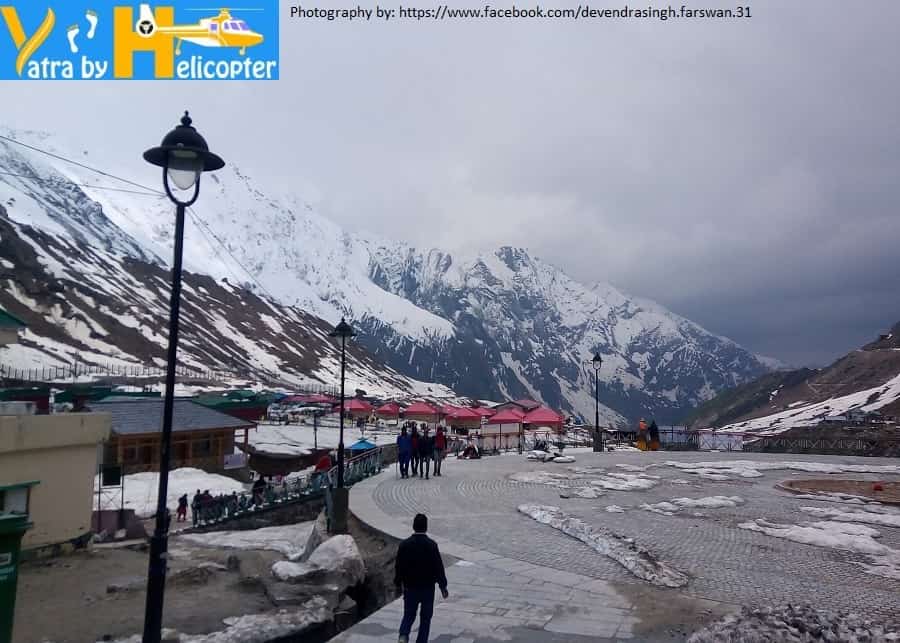
Travelling Tips
Try to keep the following things in mind before and during your trek:
- While you’re trekking, don’t litter and maintain cleanliness.
- Start your trek early in the morning, around 5 AM. Don’t trek after 3 PM as there’s a risk of wild animals and even cold.
- While trekking, take regular breaks, don’t over-exert yourself.
- Carry cash, as the ATMs are limited in number.
- There are some paths along the trek that are icy and rocky, so be careful around those trails.
- While you trek, carry your raincoat or umbrella, as it can rain unexpectedly.
- Wear warm layers: thermals, sweaters, and jackets. Also, wear a muffler, caps, and gloves. Keep yourself covered.
- If you feel short of breath or dizzy at any point during your journey, stop trekking and take a break.
- Acclimatize at lower altitudes (Guptkashi or Sonprayag) for a day before trekking.
- Stay hydrated and keep drinking water at regular intervals.
- Do not smoke or consume alcohol while trekking.
- You can also take advantage of the Hyperbaric Chambers that are deployed at Lincholi and Base Camp.
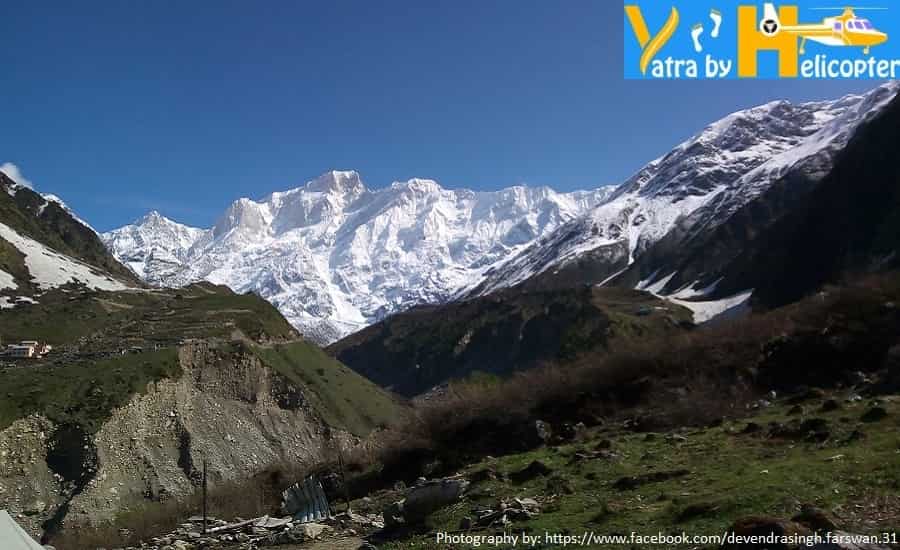
Pony, Palki, and Helicopter Options
In case you’re not up for trekking, there are alternate options via which you can reach the Kedarnath shrine:
Pony/Mule Services
You can get these right at the starting point of the trek, that is, Gaurikund. You can book for them at the official counters present there. They cost about ₹2,500–₹4,000 (one way).
Palki/Doli
These options are more comfortable than the pony option. These are ideal for the senior citizens. Their prices are in the range from ₹5,000 to ₹8,000.
Helicopter Service
You can get the charter services from the three helipads of Sirsi, Phata, or Guptkashi. From these helipads, you can reach Kedarnath in under 10 minutes. For these, you need to register first. You can avail the helicopter service here for something around ₹6,000–₹9,000 for a round trip.
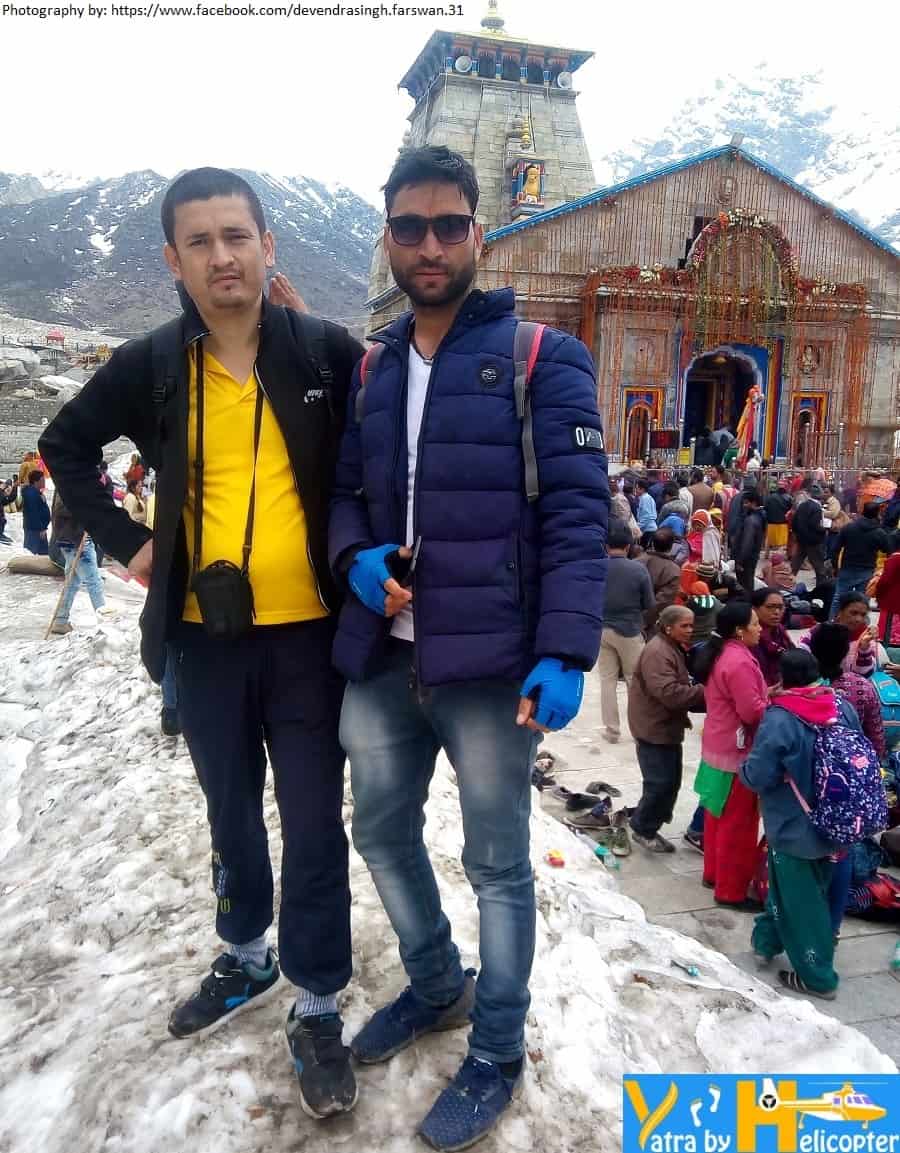
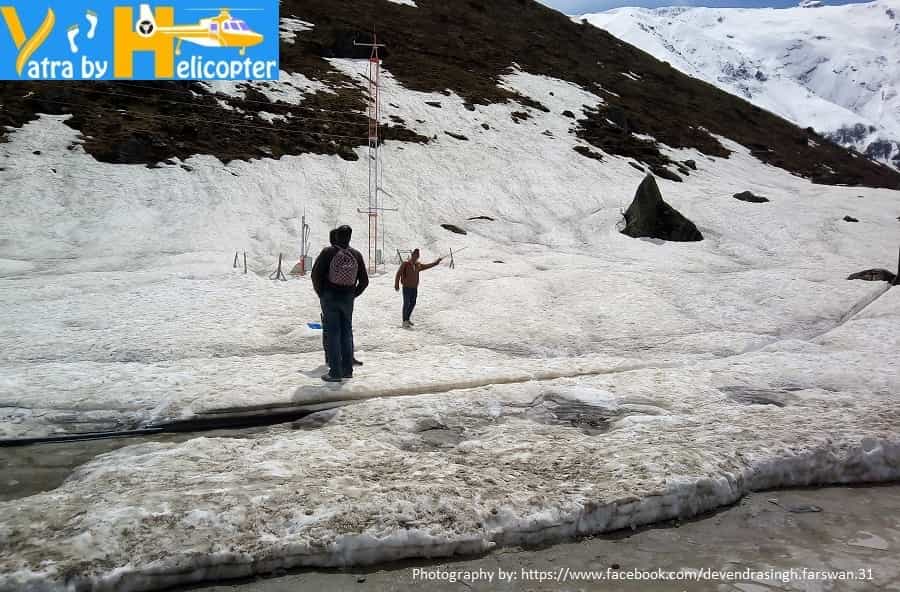
Frequently Asked Questions:
Q-1: Is There Any Medical Aid Available?
Ans: Yes, medical aid and all types of first aid facilities are available at various places like Linchauli and Kedarnath base camp. A small government hospital is also available at a mere distance of just 200 metres from the Kedarnath temple.
Q-2: Are There Any Accommodation Available on the Trek?
Ans: If you are unable to complete the trek in 1 day, then you can find yourself a suitable accommodation at Gaurikund. Linchauli has a GMVN lodge whose prices vary from Rs. 500 to Rs. 2,000 per night.
Q-3: Is Kedarnath Trek Safe?
Ans: Yes, it’s safe for the most part. Acclimate properly and take proper rest in between. Also, drink water at regular intervals.
Q-4: What Should I Pack for Kedarnath Trek?
Ans: You must only carry a small backpack and minimum luggage with only the essentials. These are some must-pack things – umbrellas and raincoats, dry fruits, a water bottle, chocolates, medicines, and a first aid kit, winter wear etc.
Q-5: When Do the Trekking Routes Open?
Ans: The gates of the temple open for Darshan to devotees on the auspicious occasion of Akshaya Tritiya (4 May for the year 2025). The routes remain open for a duration of 6 months before shutting down on the holy eve of Bhai Dooj.
Q-6: Is Kedarnath Accessible after it Shuts Down?
Ans: Kedarnath trek shuts down when the temple closes for public visits. People are not permitted and in any case, the entire region gets covered in snow due to regular snowstorms which makes it impossible to walk on.
Q-7: Is the Kedarnath Trek Easy?
Ans: It is definitely not a difficult trek, but it surely is not easy either. The landscape changes dramatically throughout the Yatra from steep ascents to simple plains to hairpin bends at high altitudes. One needs to be physically fit enough to do it, otherwise, they will be facing some serious health concerns.
Q-8: Are There Any ATM Facilities in Kedarnath?
Ans: ATM facilities have now opened up in Kedarnath by HDFC Bank. The machines are in working condition now, and you can withdraw money from them. This was a recent addition and is guaranteed to benefit the pilgrims.













 Call
Call WhatsApp
WhatsApp Enquiry
Enquiry